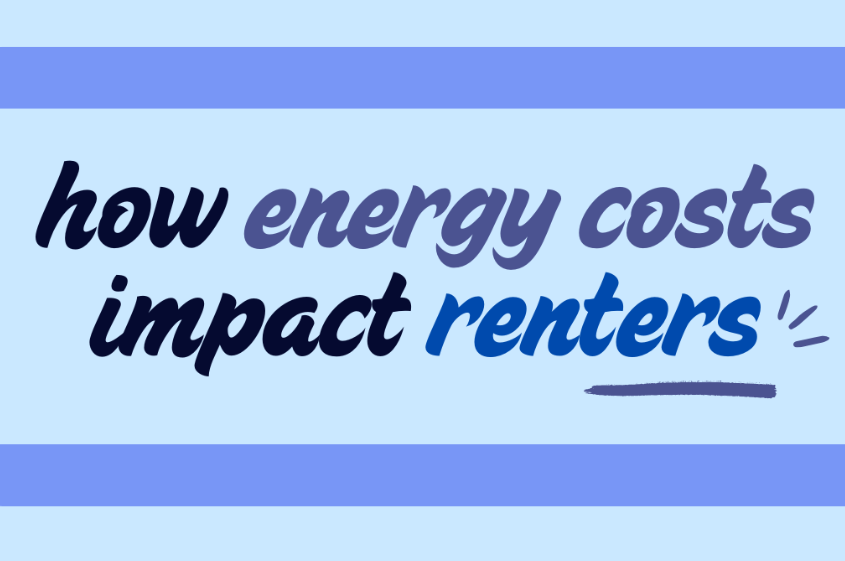New study informs efforts to increase affordable energy access in King County
The King County Executive Climate Office conducted a survey with the American Council for an Energy-Efficient Economy and community partners.

The King County Executive Climate Office (ECO) is working to increase access to affordable energy and protect public health as residents face extreme weather conditions. A new survey offers insight on how energy costs disproportionately impact some renters in King County, Washington.
It spotlights several factors to consider when implementing programs with a framework of climate equity, meaning burdens and benefits of climate change solutions are distributed fairly.
ECO partnered with the American Council for an Energy-Efficient Economy (ACEEE) to conduct the study, which was designed to better understand the utility affordability and housing challenges local renters face. According to the findings, about half of King County renters say they struggled to keep up with utility bills over the past year. Within those findings:
- Two-thirds of households where the renter faced a physical, mental or emotional disability struggled to pay utility bills over the past year.
- Compared with non-Hispanic white renters, Black renter households reported higher electric bills, with 59% reporting average monthly bills in excess of $150. 62% of Black renters reported trouble affording their electricity bills over the past year, compared to 37% of white renters. The study found the number of members living in the household contributed to those totals.
- More than two-thirds of renters who made less than $50,000 per year reported struggling to pay for utilities over the past twelve months.
According to the findings, renters often do not learn about available utility assistance or payment programs as frequently as homeowners do. In addition, more than half of renters said utility costs were higher than expected before they moved in, suggesting more transparency and discussion of costs between tenant and landlord could be beneficial.
Surveys consulting specific communities and demographics can help King County expand the factors it considers and the methods it offers for affordability assistance. In this case, the data underscores the need to include renters when offering opportunities to reduce energy costs and improve home health and comfort with weatherization improvements.
Some respondents specifically weighed in on growing issues with heat, with one writing that “summers are becoming unbearable without air conditioning.”
ECO released King County’s first extreme heat mitigation strategy in 2024, outlining the ways neighborhoods are impacted by heat and offering actions designed to support sustainable and resilient frontline communities. This survey serves as a reminder of the large proportion of renters that may need unique supports to handle growing heat concerns, as nearly half of respondents said their home was too hot in the summer and nearly three quarters said they did not have air conditioning in their home.
As for solutions to these problems, King County has recently secured funding from the state’s Climate Commitment Act to expand its Energize program, which installs low- to no-cost heat pumps in income-qualified homes, including rental households. The county has also secured a $50 million Climate Pollution Reduction Grant award, which will include work to decarbonize multifamily buildings with low and moderate-income residents.
The survey also highlighted an opportunity to increase access to portable air filters to improve indoor air quality. Data showed nearly 60 percent of renters didn’t use one, despite multiple days when air quality was at or above an unhealthy level in King County. King County is currently working on a project to distribute air filters to people living near airports, along with increasing nearby urban tree canopy and offering weatherization work for buildings.
King County’s 2020 Strategic Climate Action Plan pledged to empower sustainable and resilient frontline communities through efforts on energy justice and utilities. That plan included efforts to:
- Support education, distribution of tools and resources to increase community access to energy-efficiency programs, opportunities to transition to renewable energy alternatives, and community-based distributed renewable energy.
- Partner with utilities and frontline communities to expand utility assistance and incentive programs to reduce utility burden for frontline communities.
- Advocate for frontline community participation in energy policy, decision-making, and regulatory tables.
To learn more about the survey’s findings and methodology, click here.

 Translate
Translate